3-Day Agra Tour Package with Taj Mahal View
Explore the beauty of Agra including the majestic Taj Mahal.
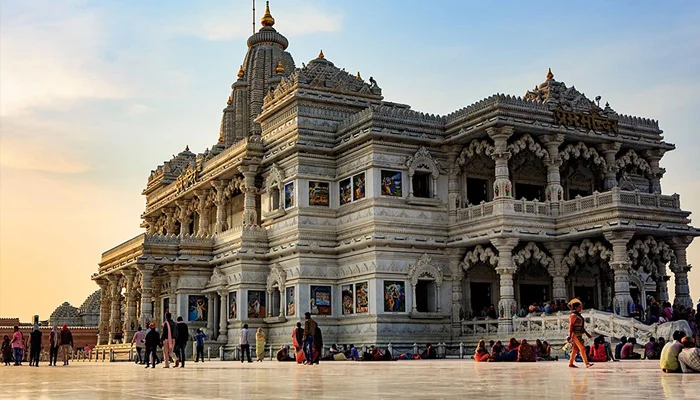
Vrindavan and Mathura are two of the most sacred cities in Hinduism, deeply intertwined with the life and legends of Lord Krishna. Located in the northern part of India, these cities are not only pilgrimage destinations but also hold immense cultural and spiritual significance for millions of devotees worldwide. Mathura, known as the birthplace of Lord Krishna, is one of the seven holy cities (Sapta Puri) in Hinduism, while Vrindavan is celebrated as the divine playground where Krishna spent his childhood, performing miraculous deeds and spreading the message of love and devotion.
The spiritual aura of these cities is palpable, drawing pilgrims and tourists alike who seek to connect with the divine and experience the essence of Krishna's teachings. Every corner of Vrindavan and Mathura echoes with stories of Krishna's life, from his playful pranks to his deep philosophical teachings, making them a must-visit for anyone on a spiritual journey.
The history of Vrindavan and Mathura is intrinsically linked to the life of Lord Krishna, an avatar of Lord Vishnu, who is revered as one of the most significant deities in Hinduism. Mathura is believed to be the place where Krishna was born over 5,000 years ago in a prison cell, as his parents were held captive by the tyrant king Kansa. The story of Krishna's miraculous escape to Gokul, where he was raised by his foster parents Nanda and Yashoda, is one of the most cherished tales in Hindu mythology.
Vrindavan, located just a few kilometers away from Mathura, is where Krishna spent his early years. It is here that he performed the Ras Leela with the Gopis, lifted the Govardhan Hill to protect the villagers from a fierce storm, and played the flute, enchanting everyone who heard it. The legends of Vrindavan are immortalized in the scriptures, particularly in the Bhagavata Purana and the Mahabharata, which describe Krishna's divine acts and teachings.
The role of these cities in the Mahabharata is also significant. Mathura was the capital of the Yadava dynasty, ruled by Krishna's family. The city's strategic importance and Krishna's involvement in the epic's events, including his role as a charioteer and guide to Arjuna in the Kurukshetra war, highlight its spiritual and historical significance.
Vrindavan and Mathura are home to numerous temples and sacred sites, each with its unique history and significance. These temples are not just places of worship but are also repositories of art, culture, and devotion, attracting millions of visitors every year.
The Banke Bihari Temple in Vrindavan is one of the most revered temples dedicated to Lord Krishna. The temple is unique in many ways, particularly in its depiction of Krishna as Banke Bihari, the "Bent at Three Places" form, where he is shown standing in a tribhanga posture. This iconic image is a representation of Krishna's playful and enchanting personality, which captivated the hearts of the Gopis and devotees alike.
The temple's daily rituals are a sight to behold, with the deity being treated as a living person. The Mangala Aarti, which marks the opening of the temple early in the morning, is followed by a series of rituals throughout the day, including bhog offerings, abhishekam (ritual bathing of the deity), and various forms of aarti (ceremonial worship with lamps). The temple is especially famous for its unique Darshan (viewing of the deity), where the curtains are drawn frequently to give the devotees a glimpse of the divine form, believed to prevent the deity from being subjected to the intense gaze of the devotees.
Shri Krishna Janmabhoomi in Mathura is considered the holiest site in the city, as it is believed to be the exact location where Lord Krishna was born. The temple complex is built around a prison cell, known as the Garbha Griha, where Devaki, Krishna's mother, gave birth to him. This site is revered by millions of devotees who visit it to offer prayers and seek blessings.
The temple complex also houses several other shrines dedicated to various aspects of Krishna's life, including his childhood and youth. The atmosphere here is charged with devotion, especially during festivals like Janmashtami, which celebrates Krishna's birth with great fervor. The celebrations include reenactments of Krishna's life, devotional singing (bhajans), and the midnight aarti, which marks the exact moment of his birth.
Prem Mandir, or the "Temple of Love," is a relatively new addition to Vrindavan's spiritual landscape but has quickly become one of the most popular temples in the region. Built by Jagadguru Shri Kripalu Ji Maharaj, this stunning temple is dedicated to Radha and Krishna, symbolizing their eternal love and devotion.
The temple's architecture is a blend of traditional and modern styles, with intricate carvings and beautiful marble statues depicting scenes from Krishna's life. The evening light and sound show at Prem Mandir is a visual treat, narrating the story of Radha and Krishna through music and lights, making it a must-visit for anyone exploring Vrindavan.
The ISKCON (International Society for Krishna Consciousness) Temple in Vrindavan is a spiritual haven for devotees from around the world. Also known as the Krishna Balaram Mandir, it was established by A.C. Bhaktivedanta Swami Prabhupada in 1975 and has since become a major center for the Gaudiya Vaishnavism tradition.
The temple is dedicated to Krishna and his brother Balaram and features stunning marble deities of the two brothers, along with Radha and their consorts. The temple complex also includes guesthouses, a restaurant, and a library, making it a hub for spiritual seekers who come to Vrindavan to deepen their practice and understanding of Krishna consciousness. The daily kirtans (devotional singing) and the Gaur Purnima festival, celebrating the appearance of Lord Chaitanya, are particularly popular among devotees.
The Radha Raman Temple is one of the oldest and most revered temples in Vrindavan, dedicated to Radha and Krishna. The temple is particularly famous for its self-manifested deity of Radha Raman, which is believed to have emerged from a shaligram shila (sacred stone) on its own.
The temple was established by Gopal Bhatta Goswami, one of the six Goswamis of Vrindavan, who were direct disciples of Chaitanya Mahaprabhu. The deity of Radha Raman is known for its exquisite beauty and is worshipped with great devotion. The temple's daily rituals include several rounds of aarti and bhog offerings, with special celebrations on festivals like Radhashtami and Janmashtami.
The Govind Dev Ji Temple in Vrindavan is an architectural masterpiece, originally built in the 16th century by Raja Man Singh, a general in the Mughal Emperor Akbar's court. The temple was originally seven stories high, but only three stories remain today, as the upper floors were destroyed during Aurangzeb's reign.
Despite this, the temple remains one of the most impressive structures in Vrindavan, with its blend of Hindu and Mughal architectural styles. The deity of Govind Dev Ji, another form of Krishna, is worshipped with great devotion, and the temple's annual festivals draw large crowds of devotees.
The Yamuna River is not just a physical landmark but is also considered a goddess in Hinduism, revered as the sister of Yama, the god of death. The river is believed to be purifying, and a dip in its waters is said to cleanse one's sins. The ghats (riverfront steps) of Vrindavan and Mathura, such as the Kesi Ghat and Vishram Ghat, are significant pilgrimage sites where devotees perform rituals and offer prayers to the river.
The Yamuna Aarti, performed every evening at the ghats, is a mesmerizing ritual where lamps are floated on the river, creating a beautiful spectacle of lights reflecting on the water. The Yamuna is also associated with several stories from Krishna's life, including the tale of him subduing the serpent Kaliya, who had poisoned the river with his venom.
Kusum Sarovar is a picturesque lake located near Govardhan Hill, another significant site in Krishna's life. The lake is surrounded by lush gardens and is believed to be the spot where Radha and Krishna would meet secretly. The name Kusum Sarovar translates to "Lake of Flowers,"

Dec 26, 2025
Maha Shivratri 2026 is going to happen in India on Sunday, 15 Feb, 2026, 5:04 pm – Monday, 16 Feb, 2...
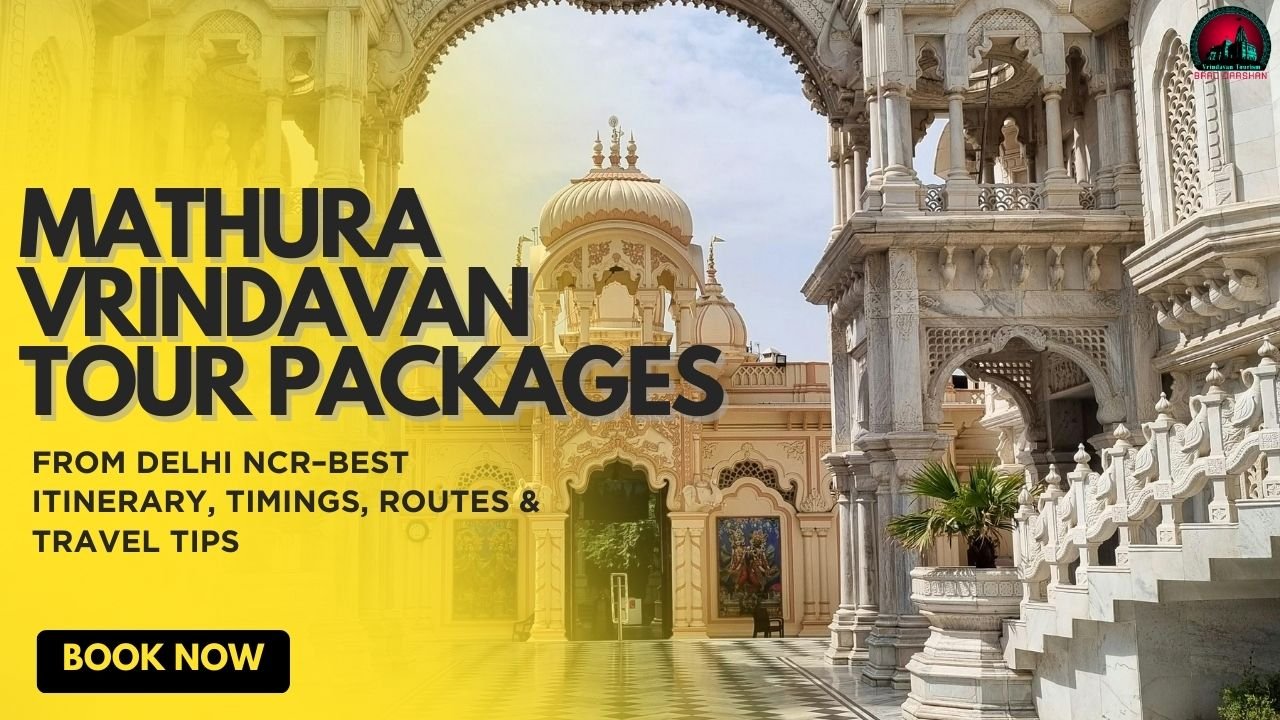
Dec 24, 2025
Delhi NCR devotees wrapped up in the hectic lifestyle of their city get a chance for a whole and fre...

Dec 22, 2025
The 9–12 Days Complete Pilgrimage Tour Package – North India Spiritual Circuit is a well-tho...
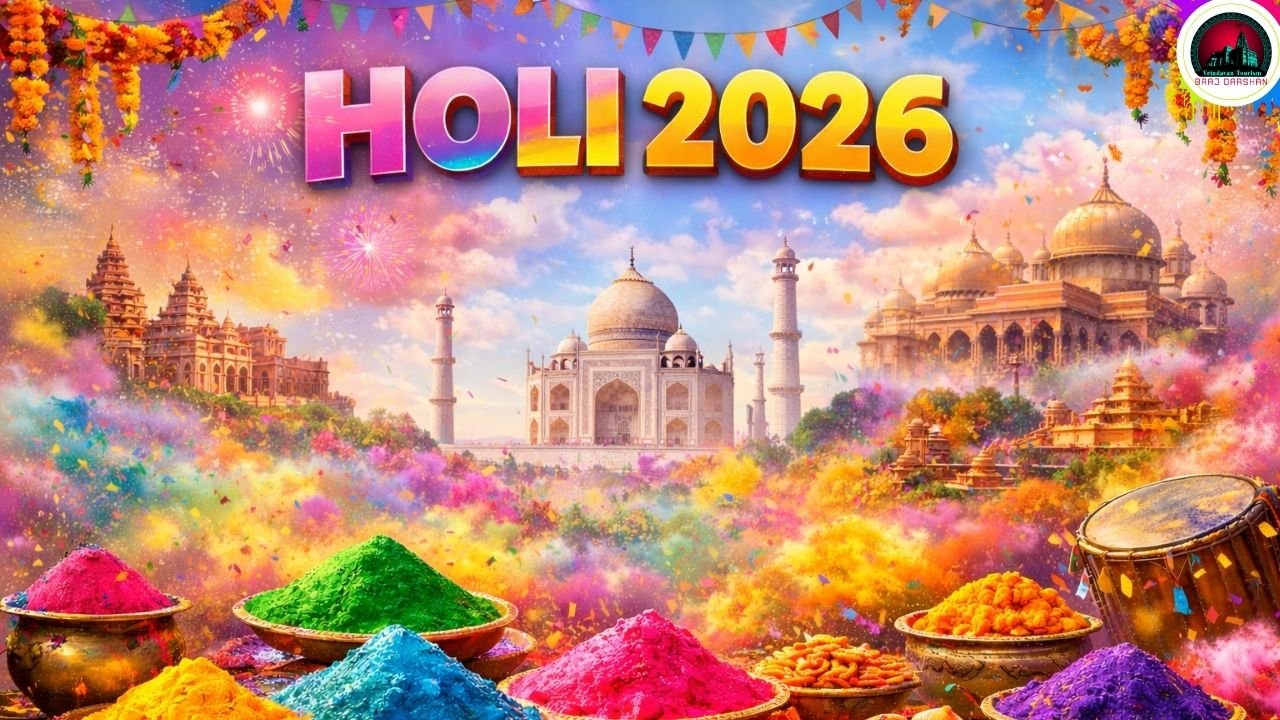
Dec 20, 2025
Holi 2026 in India will be celebrated with lots of joy and happiness throughout the month of March....
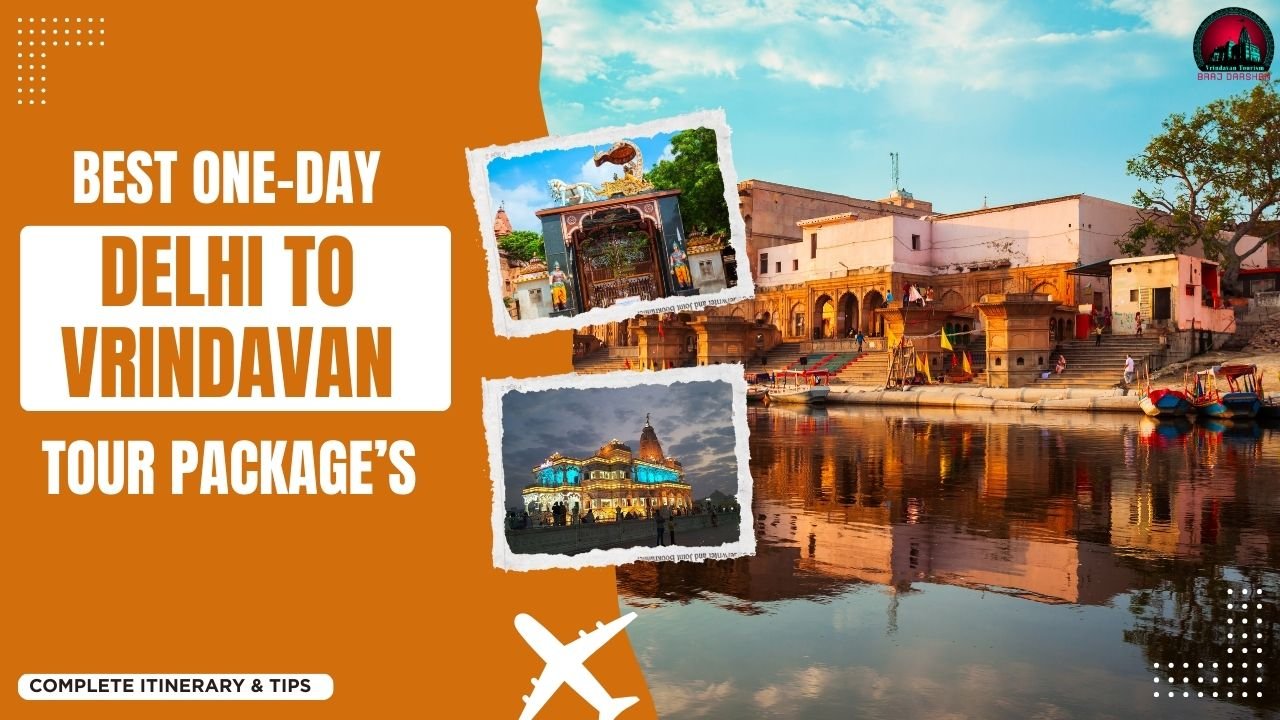
Dec 18, 2025
The Delhi to Vrindavan one-day tour is the ideal option to the devotees and other tourists who want...

Dec 17, 2025
haridwar and rishikesh are among the mostholy and spiritually uplifting locations in India that draw...
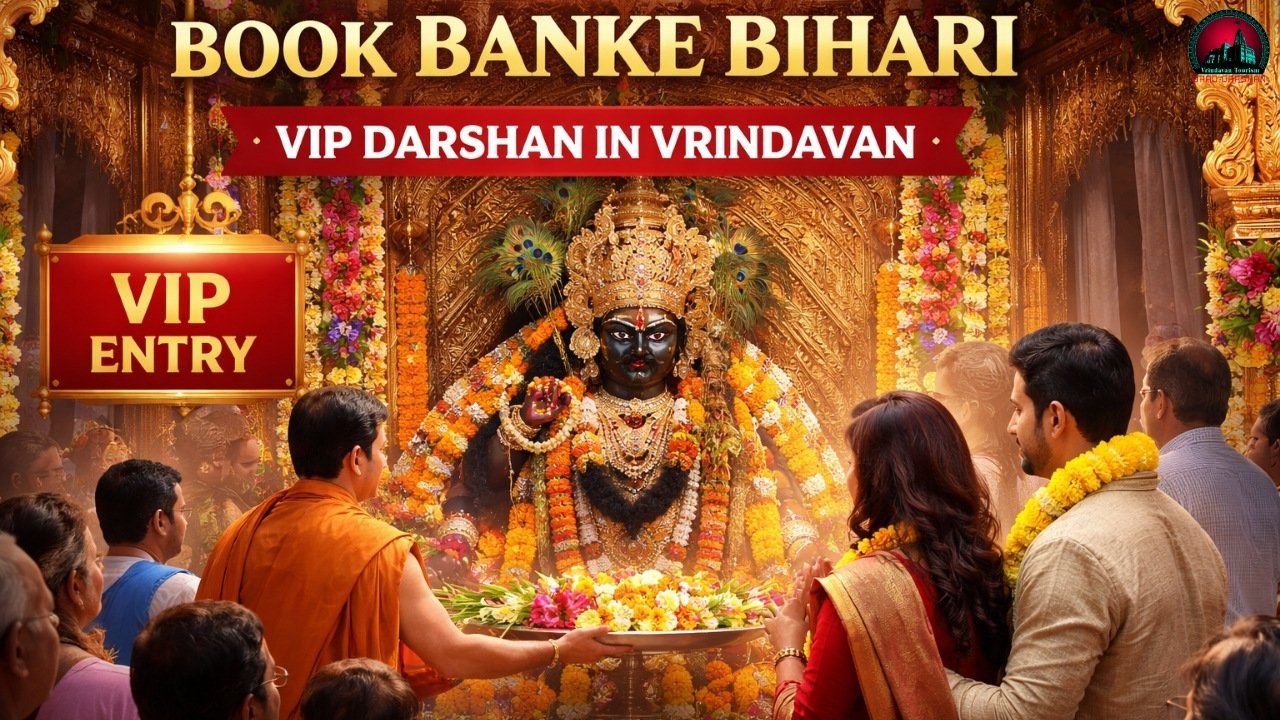
Dec 14, 2025
How to book a VIP Darshan at Banke Bihari Temple, Vrindavan:To book VIP Darshan for Banke Bi...
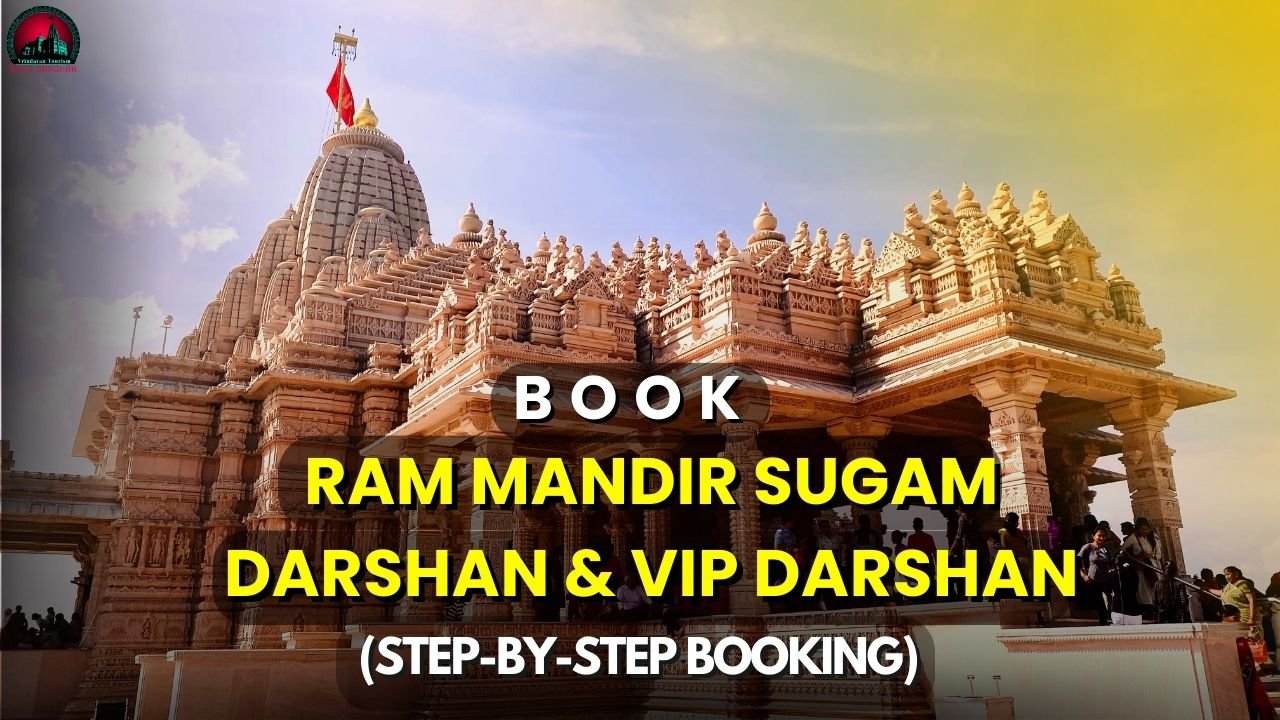
Dec 13, 2025
After its historic consecration, the Shri Ram Mandir in Ayodhya has literally gone viral among the p...

Dec 12, 2025
Mathura to Vrindavan distance is approximately 12–15 km, thus it is considered the fastest and most...
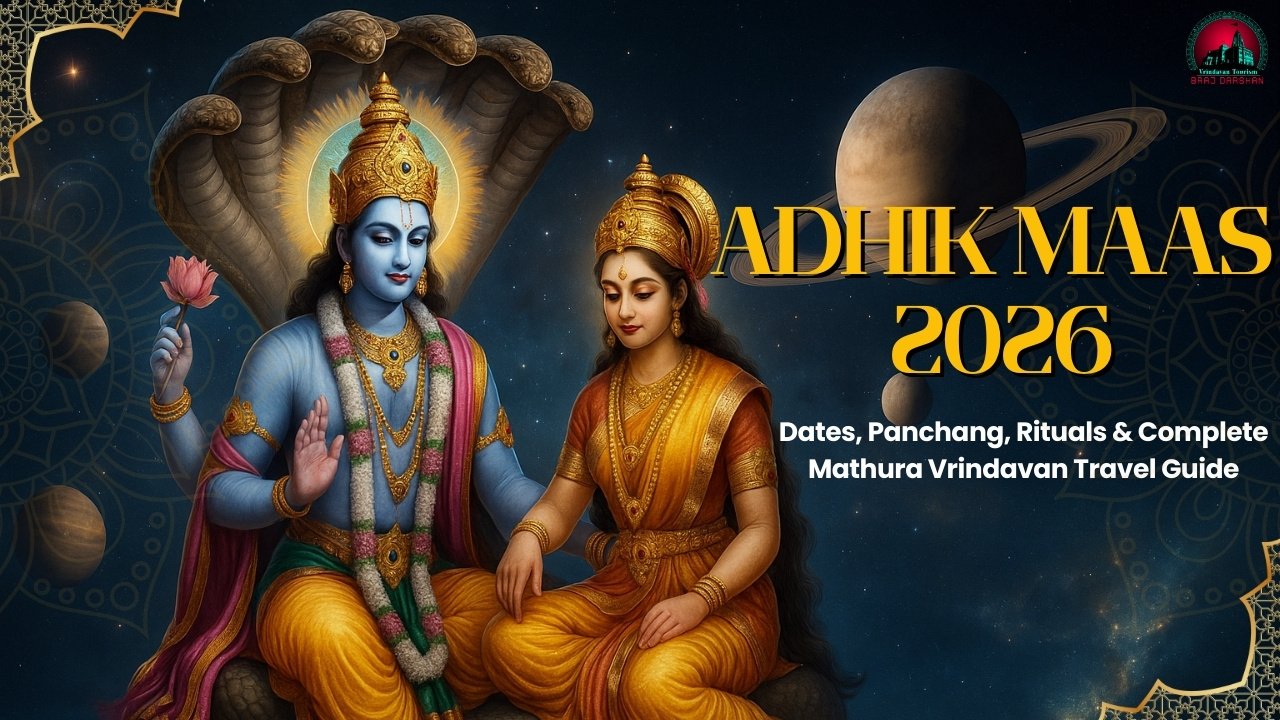
Dec 08, 2025
Adhik Maas 2026 - Important Dates, Significance, Festivals & Best Pilgrimage Guide.Purushottam M...